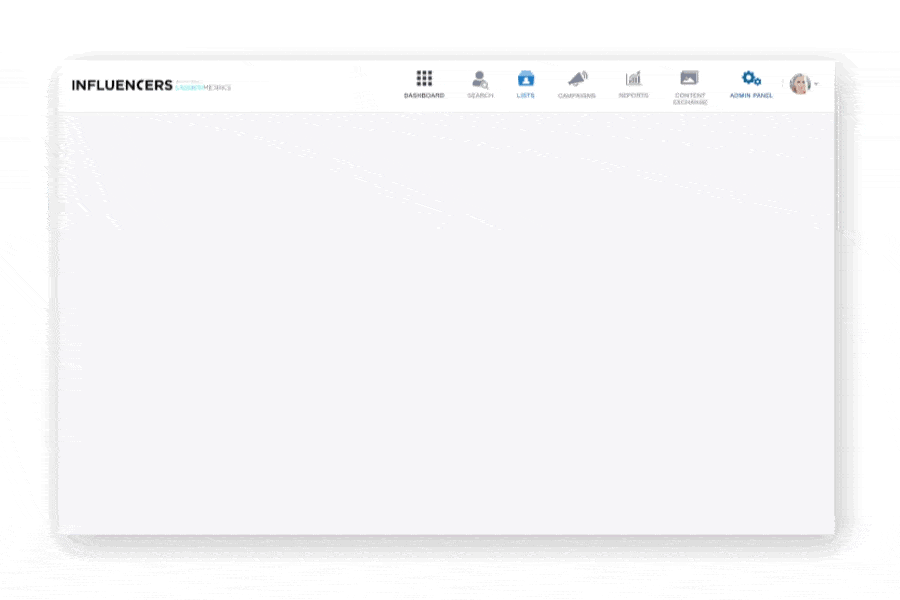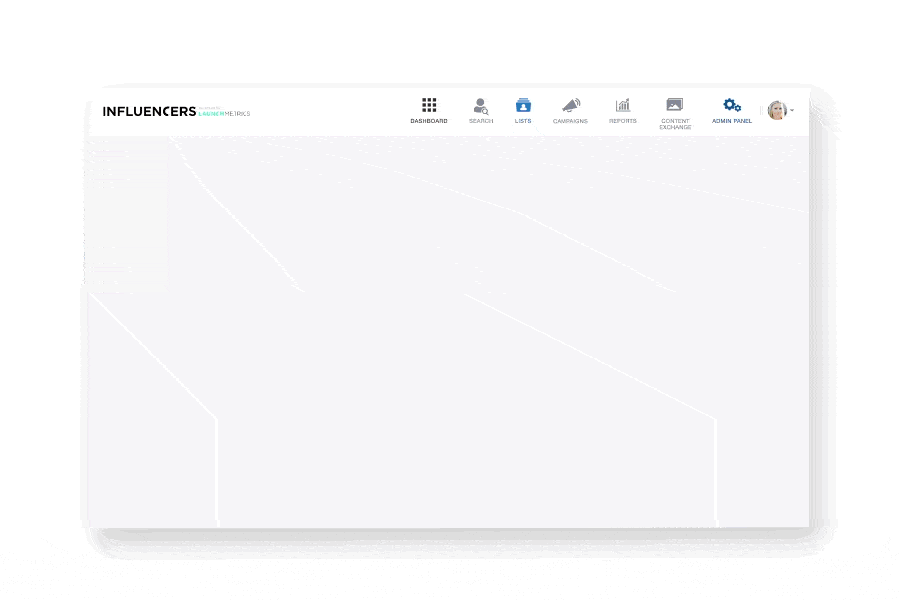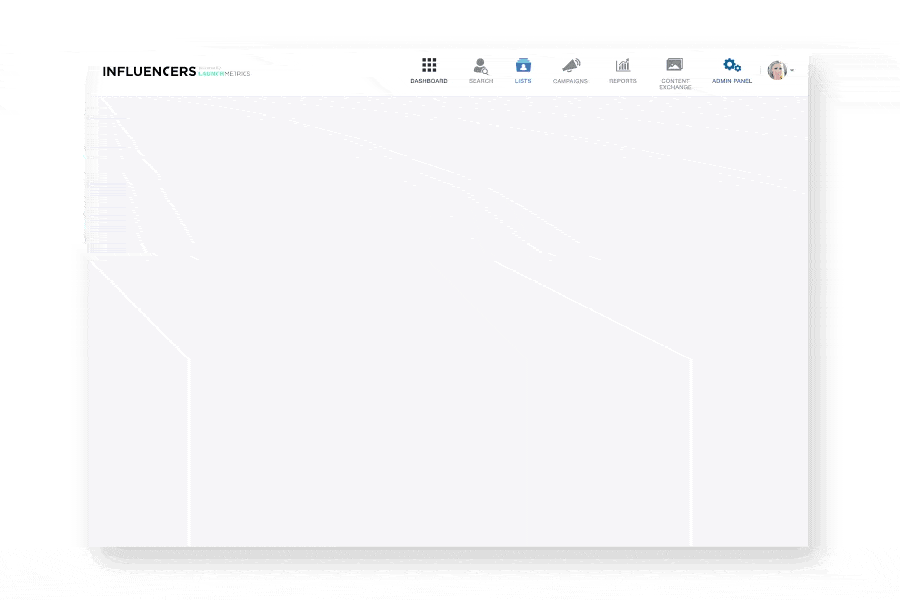Working with influencers is now a given for those involved in fashion, luxury or cosmetics.
Our 2019 report on influencer marketing found that almost 80% of professionals studied included influencers in their marketing and communication strategies. If they did it right, they will not have been led simply by gut or intuition when selecting the people that would promote their product. They will have been led by numbers; big data and marketing technology which now allows us to make intelligent choices around influencer campaigns and achieve better returns on investment, overall.
Data can serve you in many ways. It can help you to define the type of influencer that best suits your brand by looking at engagement, Media Impact Value™ and number of followers. It can inform choices around audience-specific content and even tell you how well your product positions during a given time frame.
Renowned fashion brands like Ralph Lauren, Lucky Brand, Sperry, and True Religion have been using predictive intelligence and big data to their benefit for years, helping them understand how their choices around fabric, design details, color, and pricing impact consumer response. This then begs the question: why not use this intelligence prior to the collection going to market? This article will focus on the three main stages of influencer engagement where big data can play an important role.
In this article you’ll learn…
Choosing influencers with a demonstrated ability to achieve results
A YouTuber or an Instagrammer? What are your goals? The types of opinion makers you choose for your influencer engagement campaign should always, always, always be based on the goals you have set. Are you trying to garner international attention for a new fashion brand? Are you cultivating customer loyalty around one particular product? Or maybe you’re just looking to improve your positioning amongst a specific target group. First, define your objectives. This is a golden rule.
Once you’ve got your goals nailed down, the next step will be to take a look at the data. Imagine for a moment that you work for a brand whose target consumer has traditionally fallen into the 45-60 age bracket and possesses high-spending power. Now imagine that the brand is about to launch a more youthful collection and you and your colleagues are obliged to change your approach, in hopes of securing the much-desired millennial consumer. This is where technology comes in. What you need is a data analysis that can reveal the audience profile of the influencers you are considering. You can then select only the influencers whose audience corresponds with your new target market. At the same time, data will show you influencers’ rates of engagement and ability to generate Media Impact Value™, thus allowing you to select the influencers who have the greatest reach. The result of all this? A better return on your investment.

A good example of this strategy in action is that of F is FOR FENDI..., an offshoot of the Fendi brand, “conceived to create and share an experience online and offline in order to translate the Fendi DNA to a younger generation.” in an effort to reach out to younger consumers who enjoy alternative clothing.

Interested in learning more about F IS FOR FENDI's influencer engagement strategy and how they engaged millennial consumers? Check out our article How FENDI Leveraged Premium Influencers to Generate Hype for the F is For...FENDI Campaign.
Get the most from your ‘influencer engagement’ by tracking results in real-time
So, you have decided to incorporate influencers into your marketing campaign. Great. Now what? Sit back and wait for them to mention you in their posts? There’s a little more to it than that! Online marketing campaigns require constant monitoring and attention. To that end, there are a plethora of tools you can use to track results in real-time, allowing you to visualize how influencer posts are performing by the minute, hour or day. This level of control means you can adapt and improve posts, and other marketing strategies, from that point on, always basing your decisions on the results obtained. You can even use the information gleaned from your tracking to approve or reject your influencers’ posts because now you know how the posts are performing.

Once again: when it comes to paid influencer campaigns, the intelligent use of big data will help you to get more bang for your buck.
Analyze the overall impact of your strategy and compare it with your competition's
Lastly, the most strategically important analysis that you will carry out is the one which studies whether or not your goals have been achieved, and to what extent influencer engagement played a role. This final analysis should bring together all your data on influencer performance, as well as results based on posts and reactions.
We recommend you use a dashboard - a contemporary table of results that presents this information in a dynamic way, and which will help you to better understand how your campaign performed. On the other hand, a more detailed and personal study of your campaign is also recommendable as this will reveal specifics; the positioning of one particular product, where your campaign had most impact (geographically speaking), the key words which defined your campaign’s feeling, or how it performed in comparison to other campaigns you were running simultaneously, or in comparison to those of your competitors.

‘Big data’ is far from some sort of miraculous new science. It is simply the fruit of advancements in new media and technology, a tool that allows us to monitor and manipulate our results. In today’s technology-driven world, we must be able to simplify our metrics and indicators, and we need tools that offer us an easy interpretation of the data we gather so that we can make better strategical decisions. To sum up, here are the main situations that might benefit from data techniques during your paid influencer campaigns:
- Selection: make the most of available data to choose the right opinion-makers - the ones who can have the most potential to help you achieve the objectives of your influencer engagement campaign.
- Optimization: never lose sight of how your influencer campaign and individual posts are performing in real-time. This will allow you to optimize your strategies going forward.
- Analysis: use detailed final reporting to check whether or not you have achieved your objectives. If you use the right metrics, you will be much better prepared to make good decisions in future campaigns.

